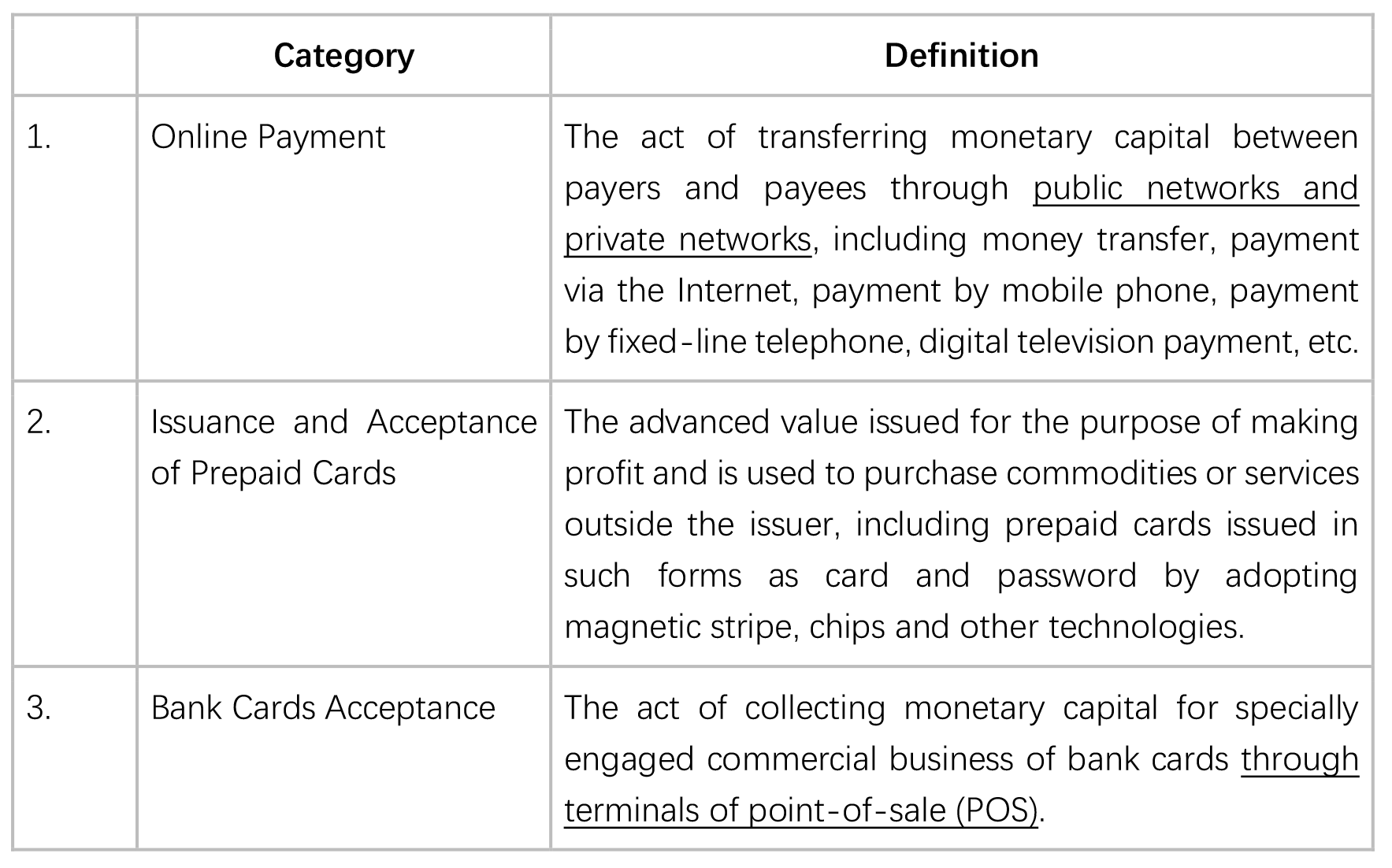Understanding Loan Payable: Essential Insights for Effective Financial Management
#### What is Loan Payable?Loan payable refers to the amount of money that a business or individual owes to a lender, typically as a result of borrowing fund……
#### What is Loan Payable?
Loan payable refers to the amount of money that a business or individual owes to a lender, typically as a result of borrowing funds. This liability is recorded on the balance sheet and represents a commitment to repay the borrowed amount, along with any interest, within a specified timeframe. Understanding loan payable is crucial for effective financial management, as it impacts cash flow, budgeting, and overall financial health.
#### The Importance of Managing Loan Payable
Effectively managing loan payable is essential for maintaining a healthy financial position. Businesses often rely on loans to finance operations, invest in growth opportunities, or manage cash flow fluctuations. However, failing to manage these obligations can lead to financial distress, including the inability to meet payment deadlines, which can result in penalties, increased interest rates, or even bankruptcy.
#### Types of Loan Payable
There are various types of loan payable, each with its own terms and implications. Common types include:
1. **Short-term loans**: Typically due within a year, these loans are often used for immediate cash flow needs.

2. **Long-term loans**: These loans have longer repayment periods, often exceeding one year, and are used for significant investments like purchasing equipment or real estate.
3. **Lines of credit**: A flexible borrowing option that allows businesses to withdraw funds up to a predetermined limit as needed.
Understanding the different types of loan payable can help businesses choose the right financing options based on their specific needs and financial situations.
#### How to Calculate Loan Payable
Calculating loan payable involves determining the total amount owed, including principal and interest. The formula for calculating the total loan payable is:
**Total Loan Payable = Principal Amount + Interest Accrued**

To accurately assess loan payable, businesses should keep track of payment schedules, interest rates, and any additional fees associated with the loan. This information is vital for budgeting and forecasting future cash flow requirements.
#### Strategies for Managing Loan Payable
To effectively manage loan payable, businesses can implement several strategies:
1. **Create a repayment plan**: Establish a clear repayment schedule that outlines when payments are due and how much will be paid each period. This helps ensure timely payments and avoids late fees.
2. **Monitor cash flow**: Regularly review cash flow statements to ensure sufficient funds are available to meet loan obligations. This proactive approach can help prevent financial shortfalls.
3. **Negotiate terms**: If facing difficulties in meeting loan obligations, businesses should communicate with lenders to explore options for renegotiating terms, such as extending the repayment period or adjusting interest rates.

4. **Prioritize debt repayment**: Allocate resources to pay off high-interest loans first to minimize overall interest expenses and free up cash flow for other operational needs.
#### Conclusion
In summary, understanding loan payable is crucial for effective financial management. By recognizing the types of loans, calculating total obligations, and implementing strategic management practices, businesses can maintain a healthy financial position and avoid potential pitfalls associated with debt. Proper management of loan payable not only ensures timely payments but also contributes to overall financial stability and growth.